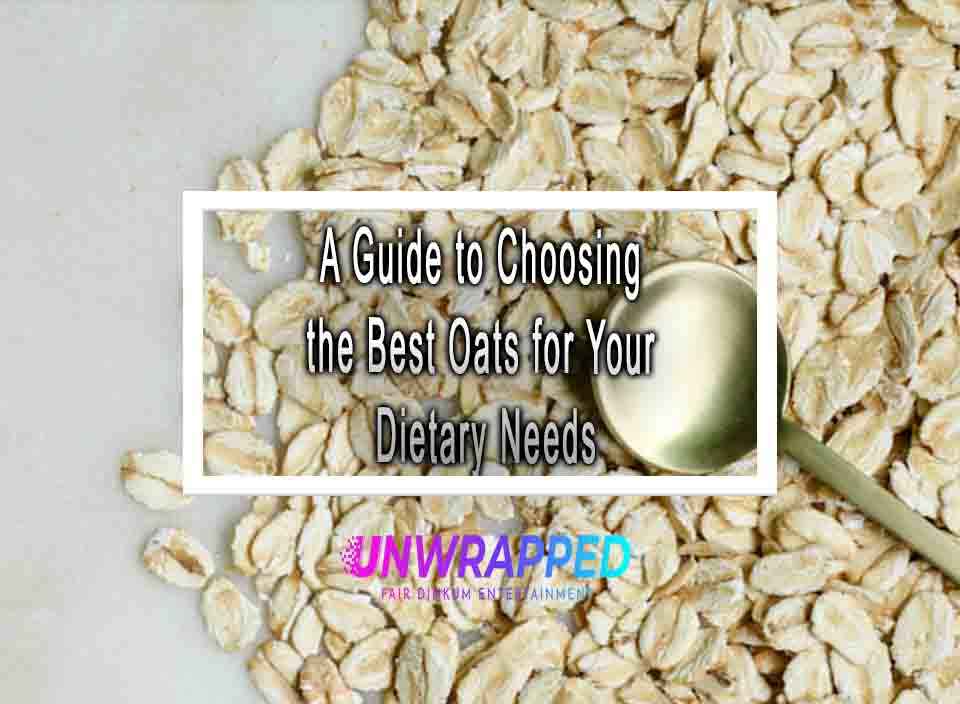The Healthiest Foods for Kids You Must Know
If you want your kids to eat healthily, give them vegetables instead of ice cream. How can you get kids to eat healthy foods and what are the healthiest?
The foods you prepare for your kids are not only super healthy for them (and for you! ), they are versatile and easy to prepare.
1. Beans
Beans are considered a humble superfood. Protein and fibre are abundant in them, and they are also reasonably priced and quick to prepare. Choose low-sodium canned beans such as black beans, chickpeas, or kidney beans. You can add them to any dish after opening the can, and rinse them to remove extra sodium. Andrews says adding beans to a quesadilla, or tossing beans with pasta, helps maintain high-quality, lean protein while providing fibre, one of the most important nutrients. Bean-based pasta is available from brands like Banza, Pow, and Tolerant Foods. Children ages 4 to 8 need about 25 grams of fibre a day, and most snack products marketed directly to them, like fruit snacks and cheese crackers, contain little fibre. Fibre helps promote a healthy digestive system and makes kids feel fuller longer, so they aren’t asking for a snack 5 minutes after dinner,” Andrews says.
2. Yogurt
“A yogurt is a delicious option for breakfast, a snack, or even a dessert, but you should watch the sugar content,” advises Katie Andrews, M.S., R.D., owner of Wellness by Katie. “Yogurt delivers protein and vitamin D, nutrients many kids lack in their diet.” Yogurt also contains probiotics, healthy bacteria that maintain a healthy gut. Do you know how to pick a healthy yogurt? You can buy plain Greek yogurt, which has no added sugars and twice as much protein as regular yogurt. Flavoured yogurts generally have added sugar; some new products are just fruit-flavoured, but plain yogurt is always a safe bet. By adding berries and sprinkling whole-grain cereal on top, you can create a tasty breakfast.
3. Avocado
Adding avocados to your child’s diet is an easy way to include healthy fats. They contain monounsaturated fats, which reduce inflammation and keep cholesterol levels in check. They are slow-digesting, so they keep kids full for longer. But what’s the best thing about avocados? I love their versatility. The avocados can be eaten with a spoon, mashed on toast, thrown into a smoothie, mixed into chicken or tuna salad, or made into a pasta sauce like avocado pesto. Avocados are also an excellent first food for babies.
4. Eggs
A large egg contains 6 grams of protein and provides vitamin D, vitamin B12, and iron. Eggs can also be fortified with omega-3 fatty acids, which play an important role in the development of the brain. Eggs raise bad cholesterol more than saturated and trans fats. Skip the pastries, fried foods, and processed meats at breakfast and instead scramble some eggs. Try egg salad or egg casseroles if your children don’t like scrambled eggs.
Eggs are also a great starter food for babies. In the past, doctors recommended not giving eggs to babies until they were 12 months old. But new research suggests introducing allergenic foods from six to 12 months might help prevent food allergies.
5. Milk
A cup of milk is full of calcium and vitamin D, which promotes strong bone development. A glass of 8 ounces contains 8 grams of protein, phosphorus, vitamin B12, and potassium. Babies shouldn’t drink cow’s milk until they are one year old. Offer whole milk until your child is 2 but don’t give them more than 32 ounces a day or they’ll be too full to eat. Children over the age of two should drink low-fat milk and consume three servings of dairy foods per day-yogurt and cheese count, too. There are a variety of alternatives to cow’s milk on the shelves today if your child doesn’t like it. When buying products for your kids, check the nutrition labels and choose unsweetened or plain varieties. Compared to other alternative milk, soymilk has the highest protein content. As long as the milk is fortified, you’ll get the same calcium and vitamin D benefits.
Also see: Exercise For Children Cognitive Health










